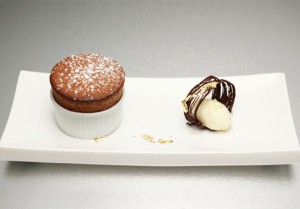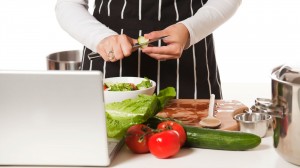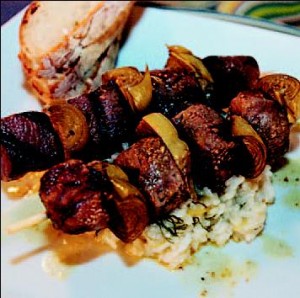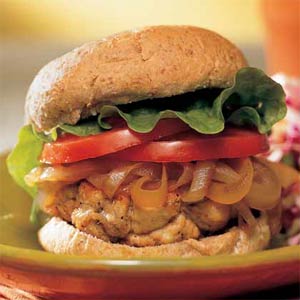Chefs and coffee are a funny pair – most of them, as a result of their long days and late hours, are totally addicted to their caffeine fix. For example, Manresa’s David Kinch needs three cups to get through the day – and that’s after years of much greater consumption. But don’t be fooled by this love affair with coffee; like most chefs, Kinch doesn’t make his own. Brewing coffee is best left to the professionals.
Why don’t chefs who can whip up a delicious dish from offal or olives make their own coffee? Reasons abound. But here’s what some of the best palates around have to say.
More From Manresa
Not only does Chef Kinch not make his own coffee, the renowned chef has caused a stir among connoisseurs by saying that he isn’t that focused on his coffee’s flavor – he’s in it for the caffeine. Shocked, one outlet compared this statement to saying that you don’t care what you drink, you just focus on the alcohol. While plenty of chefs have alcohol troubles, you wouldn’t catch any of them saying they just drink to be drunk.
A Simple Schedule
Season one Top Chef winner Harold Dieterle also keeps his coffee practices simple; his daily consumption fuels him for service, when he’ll switch to water in the kitchen. Like many at home coffee drinkers, Dieterle’s habits are perfectly aligned with modern single-cup culture. These single serving machines make high quality coffee quickly, for a no fuss buzz.
An Ideal Ingredient
Rather than fuss about making a great cup of coffee, most chefs would far rather cook with this incredible ingredient, and they’ll put it to use in both savory and sweet dishes. One of the most popular ways to use coffee is as a crust on meats, where the bitter flavor acts as a perfect complement to sugar, garlic, and other spices. Chefs typically use such a crust on beef or pork tenderloins.
Of course, the obvious choice when cooking with coffee are desserts and pastries. There are the classics, like creamy, espresso infused tiramisu, as well as more innovative coffee-based desserts such as coffee flavored mousse. Skip the traditional chocolate mousse or heavy pot de cremes, and test out a smooth, coffee mousse for your next dinner party. You’ll be emulating some of the culinary greats, who are infusing coffee into a wide array of desserts over the last few years.
Coffee is a perfect ingredient, but when you spend your every working (and waking) hour thinking about food, brewing your coffee at the perfect temperature and getting the right concentration and acidity can seem excessively labor intensive. That’s what sends chefs to the coffee shop for their morning – and afternoon – pick me up, restricting their work with coffee to more culinary approaches.
Originally posted on September 8, 2016 @ 5:24 pm




